Boom Cylinder For Yangong YG70C
Boom Cylinder For Yangong YG70C
Introduction to Boom Cylinder
The Boom Cylinder for Yangong YG70C is a specialized hydraulic component designed to manage the movement of buckets in various heavy machinery, including excavators, backhoe loaders, and front-end loaders. These cylinders facilitate the lifting, lowering, and tilting of the bucket, making them indispensable for material handling tasks in construction, agriculture, and other industrial applications.
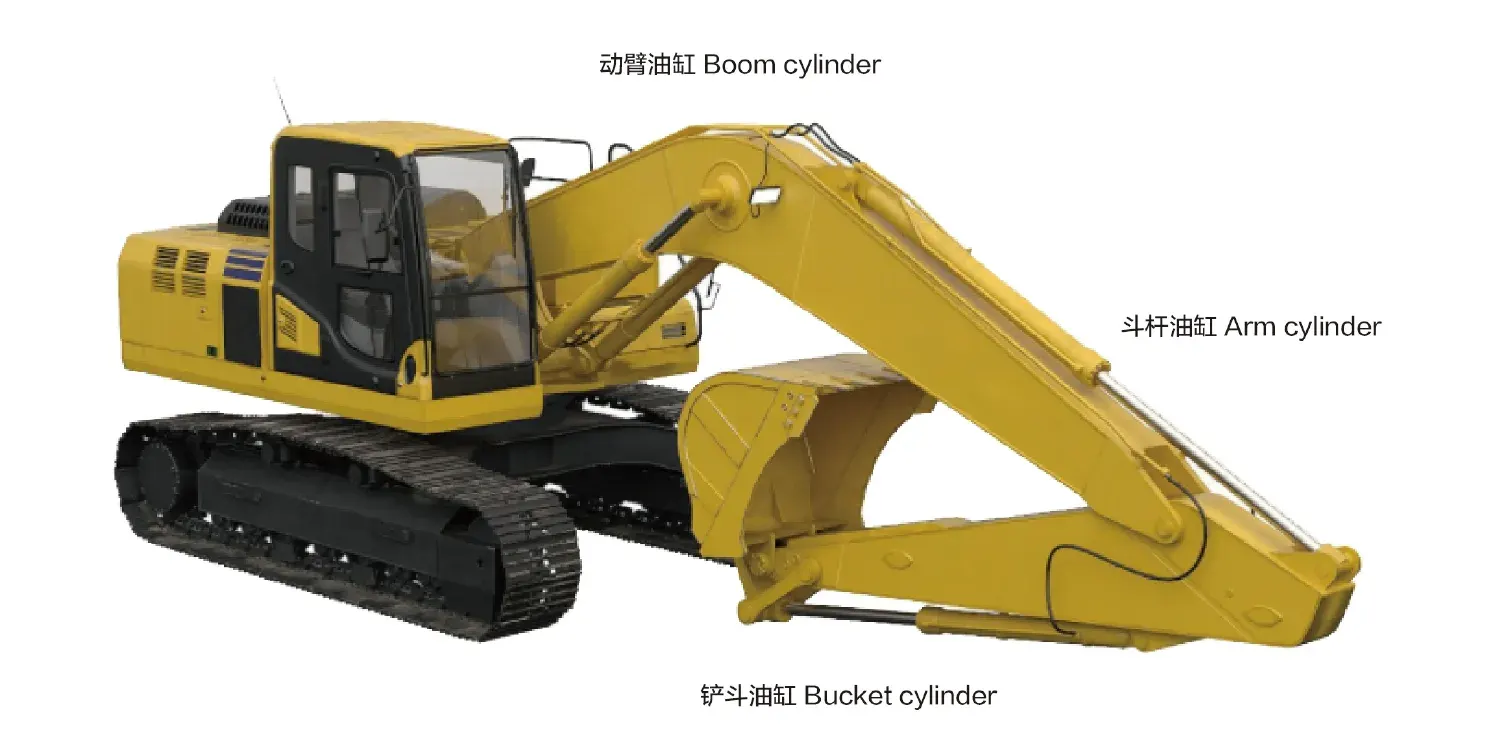
Definition and Overview
Boom cylinders are hydraulic cylinders utilized primarily in heavy machinery to control the bucket’s movements. They play a crucial role in hydraulic systems, transforming hydraulic pressure into mechanical work. The hydraulic fluid’s pressure enables smooth and controlled operations, allowing the equipment to perform precise tasks such as digging, lifting loads, and dumping materials efficiently.
Features of the Boom Cylinder
- High Strength and Durability: Made from high-strength steel or aluminum, these cylinders can withstand high pressure and heavy loads, making them suitable for harsh working conditions.
- Efficient Hydraulic Operation: Utilizing hydraulic oil pressure, they provide smooth extension and retraction, responsive to control commands, and generate substantial push and pull force.
- Diverse Types: Available in single-acting (using hydraulic pressure in one direction) or double-acting (using hydraulic pressure in both directions) designs, accommodating different operational needs.
- Space-Saving Design: Certain models feature telescopic designs, allowing for greater extension without increasing external dimensions, ideal for confined applications.
- Extensive Customization: Our products can perfectly replace various hydraulic cylinders, tailored to meet specific machinery requirements.
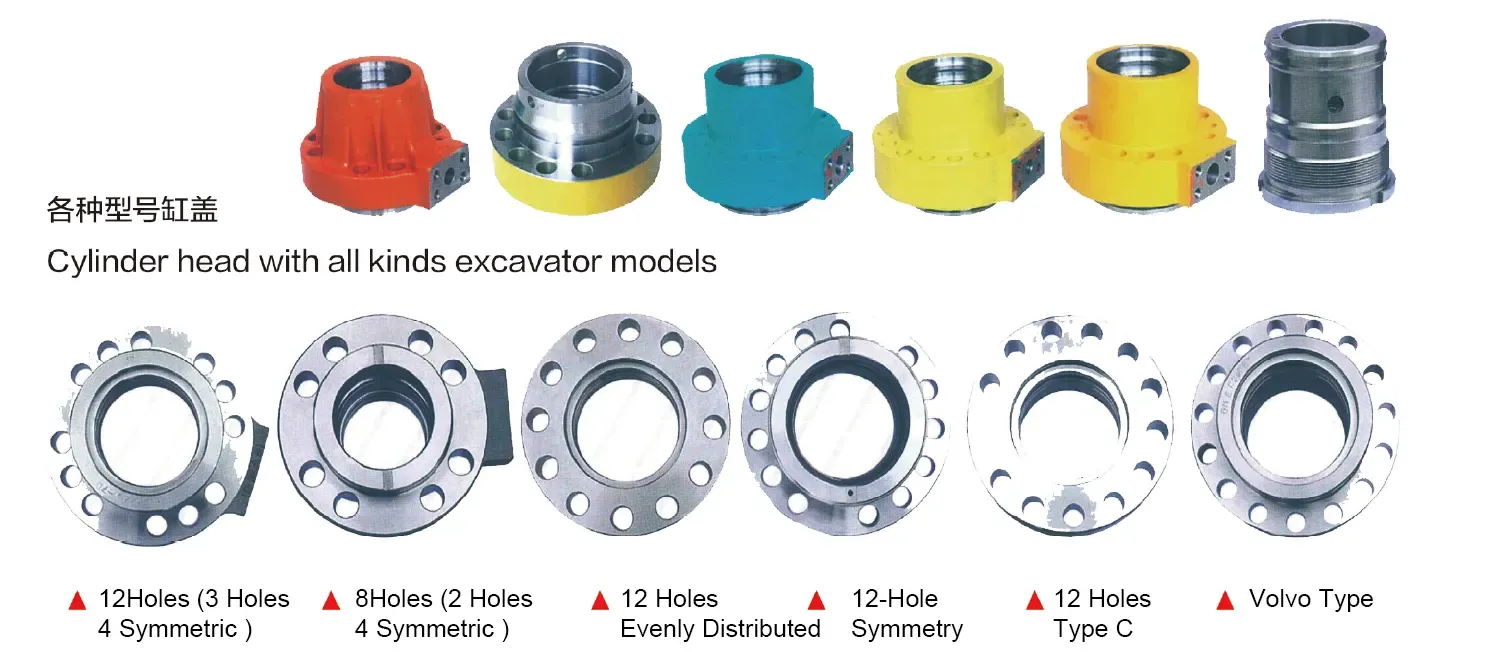
Applications of the Boom Cylinder
Construction Equipment
In excavators, boom cylinders are vital for digging, loading, and moving dirt or debris. They ensure that the bucket can penetrate the ground effectively, enhancing operational efficiency.
Agricultural Machinery
For front-end loaders, boom cylinders are used to scoop, lift, and transport soil, hay, and various materials, significantly improving productivity in agricultural tasks.
Excavators
In excavators, the boom cylinder enables the bucket to penetrate the soil, making it essential for excavation tasks, ensuring precise control over digging depth and angle.
Loaders
In front loaders, boom cylinders assist in lifting and dumping loads effectively, optimizing the workflow in material handling and transportation tasks.
Design Considerations and Selection Criteria
Load Capacity
When choosing a boom cylinder, it’s critical to assess its load capacity. The cylinder must be able to handle the maximum expected load during operation to prevent failure and ensure safety. Calculating the maximum load involves considering not just the weight of the materials being moved, but also factors such as the angle of operation and the machinery’s overall lifting capabilities. A higher load capacity allows for more versatility in operations and can significantly enhance productivity in demanding environments.
Sealing Systems
Proper sealing is essential for the efficient operation of hydraulic cylinders. High-quality seals prevent hydraulic fluid leakage, which is crucial for maintaining pressure within the system. A well-designed sealing system will consist of multiple components, including piston seals and rod seals, crafted from durable materials like polyurethane or nitrile rubber, known for their abrasion resistance. Regular maintenance and timely replacement of seals can drastically reduce downtime and maintenance costs, ensuring the longevity of the hydraulic system.
Durability and Corrosion Resistance
Durability is a key factor in the design of boom cylinders, especially when used in harsh environments. Selecting materials that resist wear and corrosion extends the lifespan of the cylinder. High-strength steels and aluminum alloys, often treated or coated for additional protection, are commonly used. Additionally, thoughtful design considerations such as protective covers or coatings can shield the cylinder from environmental factors, further enhancing its durability and ensuring consistent performance.
Safety Features
Safety is paramount in designing hydraulic cylinders. Incorporating features such as pressure relief valves helps prevent system overload, which can lead to catastrophic failures. Furthermore, robust engineering practices ensure that the design adheres to industry standards and regulations, guaranteeing safe operation. Implementing regular safety inspections can also help identify potential issues before they escalate, maintaining the integrity of both the machinery and its operators.
Maintenance and Serviceability
Designing a hydraulic cylinder for easy maintenance and serviceability is essential for minimizing downtime. Features such as accessible grease fittings, modular components, and clear inspection points facilitate efficient maintenance procedures. Additionally, providing comprehensive service documentation and easy access to replacement parts ensures that operators can keep their equipment running smoothly with minimal effort.

Sealing and Lubrication
Effective sealing and lubrication are crucial for the performance and longevity of boom cylinders. Various sealing elements, such as piston seals and rod seals, are used to prevent hydraulic fluid leakage while ensuring smooth movement. The choice of sealing materials like polyurethane and nitrile rubber is vital for durability and resistance to wear. Additionally, the surface finishes of the cylinder body and threaded ends are meticulously processed to enhance wear resistance. It’s essential to regularly refill hydraulic oil for lubrication to maintain optimal performance and prevent internal damage.
Preventive Maintenance Measures
- Regular Inspections: Conduct routine checks to identify any wear or damage that could compromise cylinder performance and safety.
- Proper Lubrication: Ensure all moving parts are adequately lubricated to minimize friction and wear, using recommended hydraulic oils.
- 更换密封件: Monitor seal integrity regularly and replace worn seals promptly to prevent leaks and maintain pressure.
Installation Guidelines
Proper installation of boom cylinders is essential for optimal performance. Begin by ensuring that the mounting surfaces are clean and free from debris. Use appropriate mounting brackets to secure the cylinder in place, ensuring it is aligned correctly with the machinery’s operational path. Carefully follow the manufacturer’s installation instructions, paying close attention to torque specifications to prevent damage during operation. After installation, conduct a thorough inspection and test the cylinder’s operation under controlled conditions before full-scale use.
Common Maintenance Tasks
- Regular Inspections: Frequent visual checks can help identify potential issues before they become serious. Look for signs of wear, leaks, or unusual noises during operation.
- Appropriate Lubrication: Consistently lubricate the moving parts of the hydraulic system to ensure smooth operation and longevity. Use the specified hydraulic oil as outlined by the manufacturer.
- 更换密封件: Keep an eye on the seals for any signs of wear or damage. Timely replacement ensures that the hydraulic system maintains pressure and operates effectively.
Proper installation, lubrication, and adjustment are vital for the longevity and efficiency of the boom cylinder. During installation, ensure that the cylinder is correctly aligned to avoid undue stress, and use appropriate mounting brackets for stability. Regular checks, repairs, and replacement procedures contribute significantly to extending the lifespan of the hydraulic components.
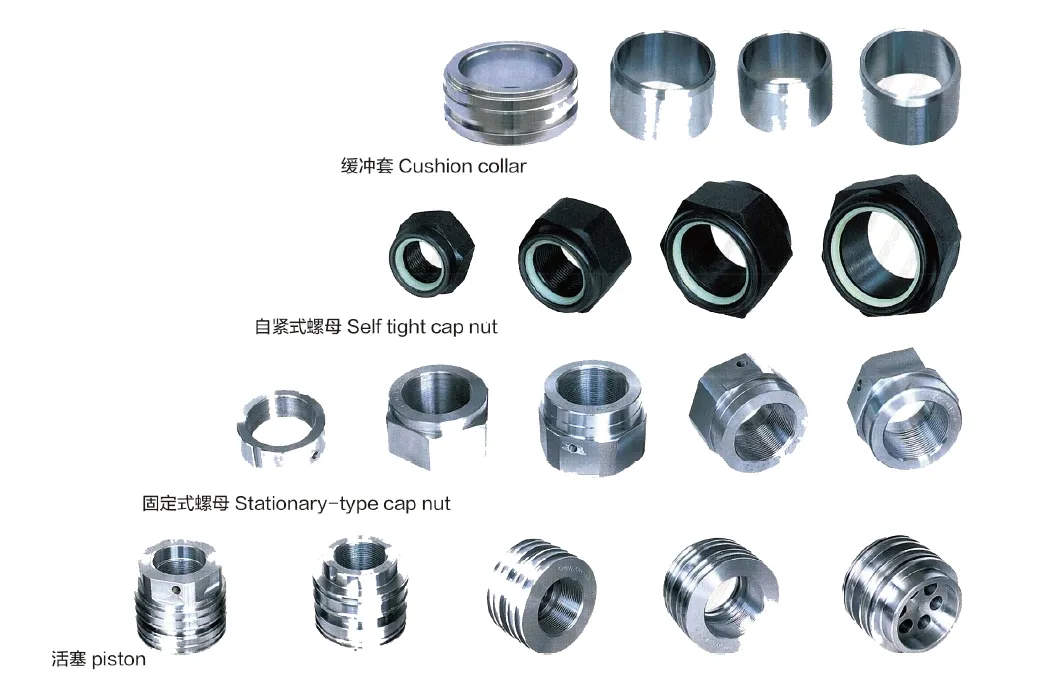
Safety Considerations and Environmental Factors
Implementing safety measures during the use of hydraulic cylinders is of utmost importance. Operators must be trained to recognize potential hazards associated with hydraulic systems, such as sudden pressure release or equipment malfunction. Proper personal protective equipment (PPE) should be worn at all times while servicing or operating machinery. Moreover, environmental considerations, such as fluid leaks, must be managed effectively to prevent contamination and ensure compliance with environmental regulations.
Troubleshooting and Common Issues
- Leakage: Check seals and connections for wear or damage; replace as necessary.
- Slow Operation: Inspect hydraulic fluid levels and quality; ensure the system is free of air bubbles.
- Unresponsive Cylinder: Verify hydraulic connections and fluid flow; check for blockages or mechanical obstructions.
Providing troubleshooting tips can help users efficiently diagnose and address issues. For example, if there is leakage, inspect seals and connections for any signs of wear or damage, and replace them as needed. If the cylinder operates slowly, examine hydraulic fluid levels and quality, ensuring the system is free from air pockets that may hinder performance. By addressing these common problems proactively, users can minimize downtime and maintain optimal functionality.
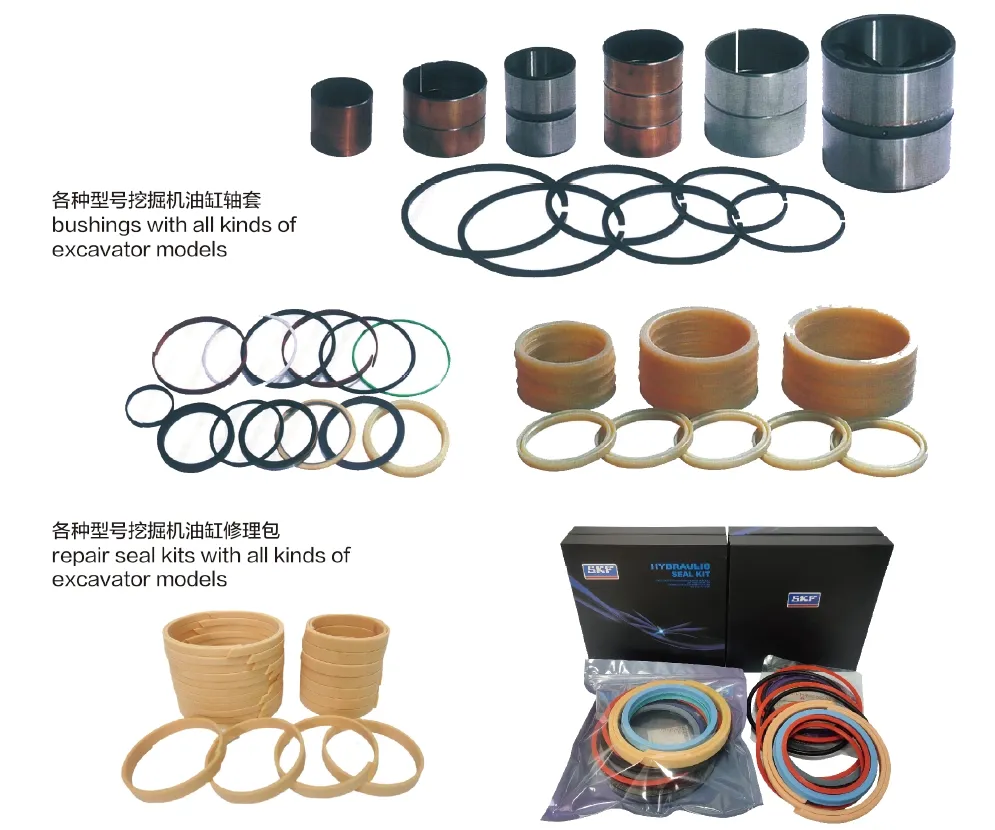
About Our Company
We are a leading manufacturer of replacement hydraulic cylinders, offering a wide range of products that cater to both domestic and international markets. Our commitment to excellence drives us to implement refined manufacturing processes supported by advanced digital equipment and professional testing systems. By continuously enhancing our manufacturing platform and quality control measures, we ensure high efficiency, precision, and quality, meeting diverse customer demands. Our professional expertise, international certifications, and customization services further enhance our offerings, allowing us to deliver top-tier products and reliable post-sale support.
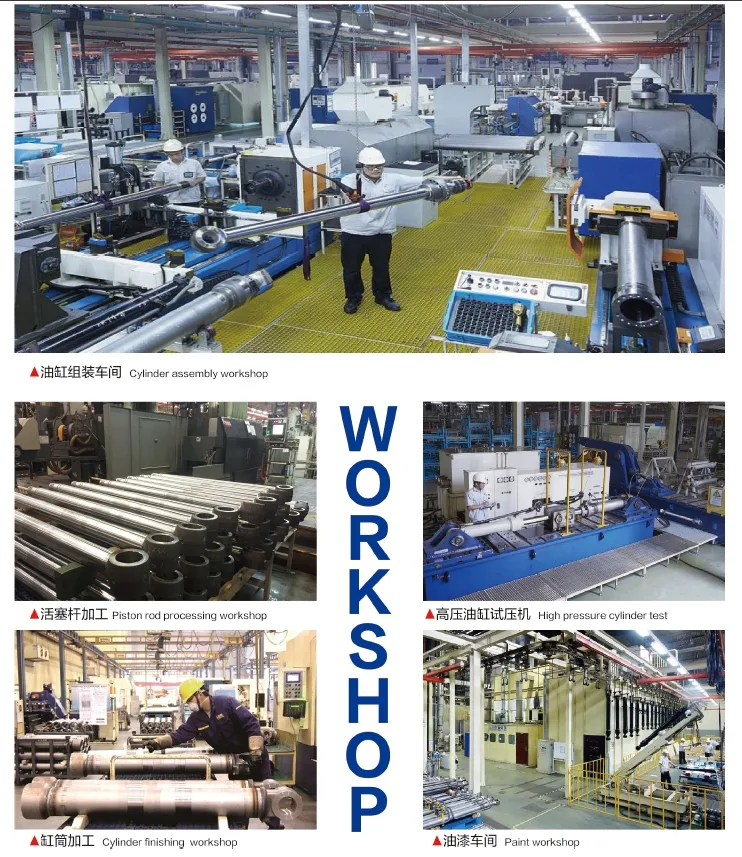
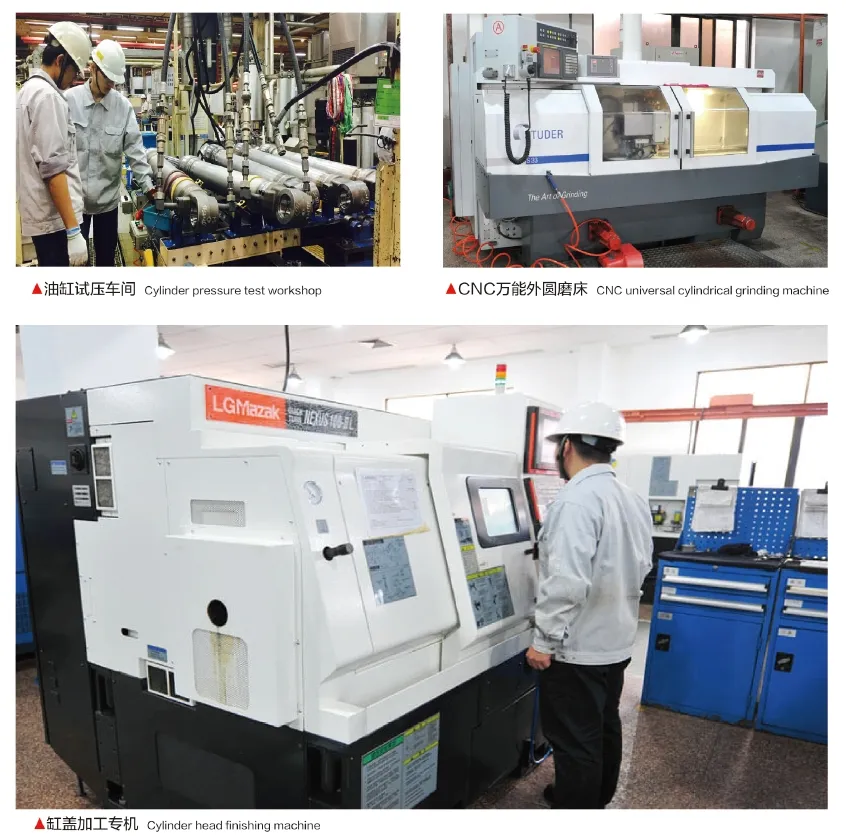
Author: lyl
参观我们的 VR 工厂
通过以下方式参观我们的 VR 工厂
液压缸应用:


